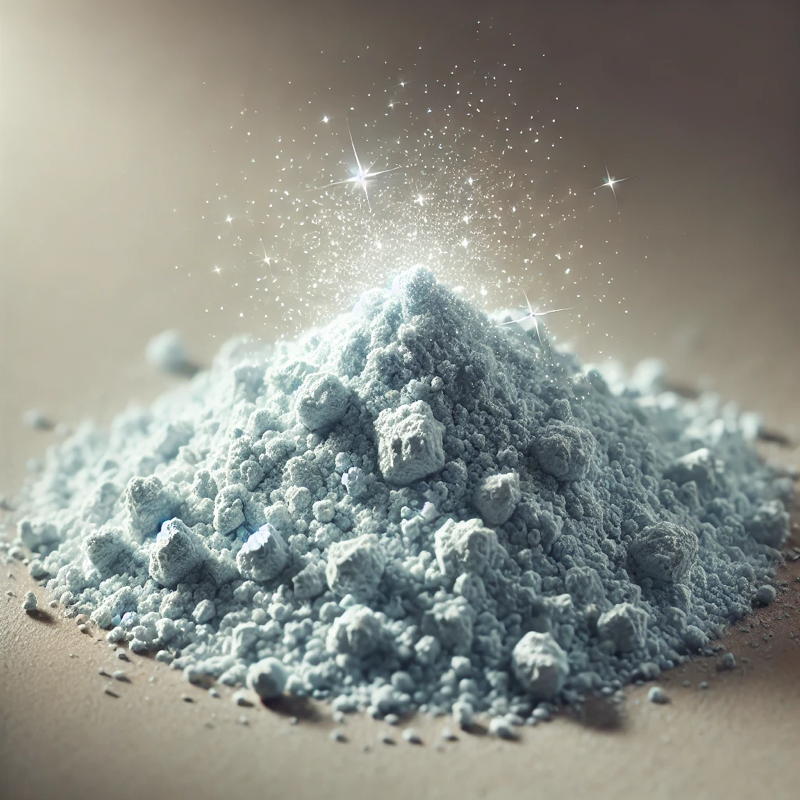
Celestine (Celestite), with the chemical formula SrSO₄, is a vital strontium-bearing mineral prized for its unique properties and diverse applications across industries. Known for its stunning blue or colorless crystals, this strontium sulfate mineral is easy to extract due to its brittle, crystalline structure. Found globally in countries like Iran, Madagascar, Germany, the UK, and the US, Iran stands out as a top producer with its rich celestine reserves. This article dives into celestine’s features, extraction process, industrial uses, and key consumers—offering a clear picture of its global significance.
Celestine extraction is straightforward, thanks to open-pit mining in most deposits. Often located with gypsum and salt in salt domes or evaporite formations, it’s processed through crushing and separation to reach high purity levels (90%+), with some mines hitting 95%—among the world’s finest. Advanced processing turns celestine into strontium carbonate, nitrate, and oxide, powering high-tech industries.
Its applications stem from strontium compounds. Strontium carbonate (SrCO₃) is a key ingredient in specialty glass (e.g., CRT screens, medical devices), advanced ceramics, and permanent magnets. Strontium nitrate (Sr(NO₃)₂) fuels military flares and pyrotechnics, while strontium hydroxide aids sugar refining, and strontium compounds enhance pharmaceuticals and electronics. This versatility makes celestine a strategic mineral with rising global demand, though optimized processing is key to unlocking its full potential.
Major consumers include industrial giants and supply-chain players. China’s strontium carbonate producers import raw celestine from Iran, supplying firms like Corning and Schott AG for specialty glass. TDK Corporation and Hitachi Metals use it in ceramics and magnets, while BAE Systems and Raytheon leverage strontium nitrate for military tech. In pharmaceuticals, Merck and Pfizer tap strontium for bone health and psychotherapy drugs. Sugar refiners like Sudzucker AG and Tereos also rely on strontium hydroxide.
Globally, China leads strontium consumption, followed by the US (e.g., DoD, NASA via Solvay) and Europe (e.g., BASF, Saint-Gobain). Despite Iran’s abundant reserves, its economic potential remains untapped without advanced processing infrastructure. Celestine’s future hinges on smart investments in this valuable resource.
written by: Sara Ebrahimi
















